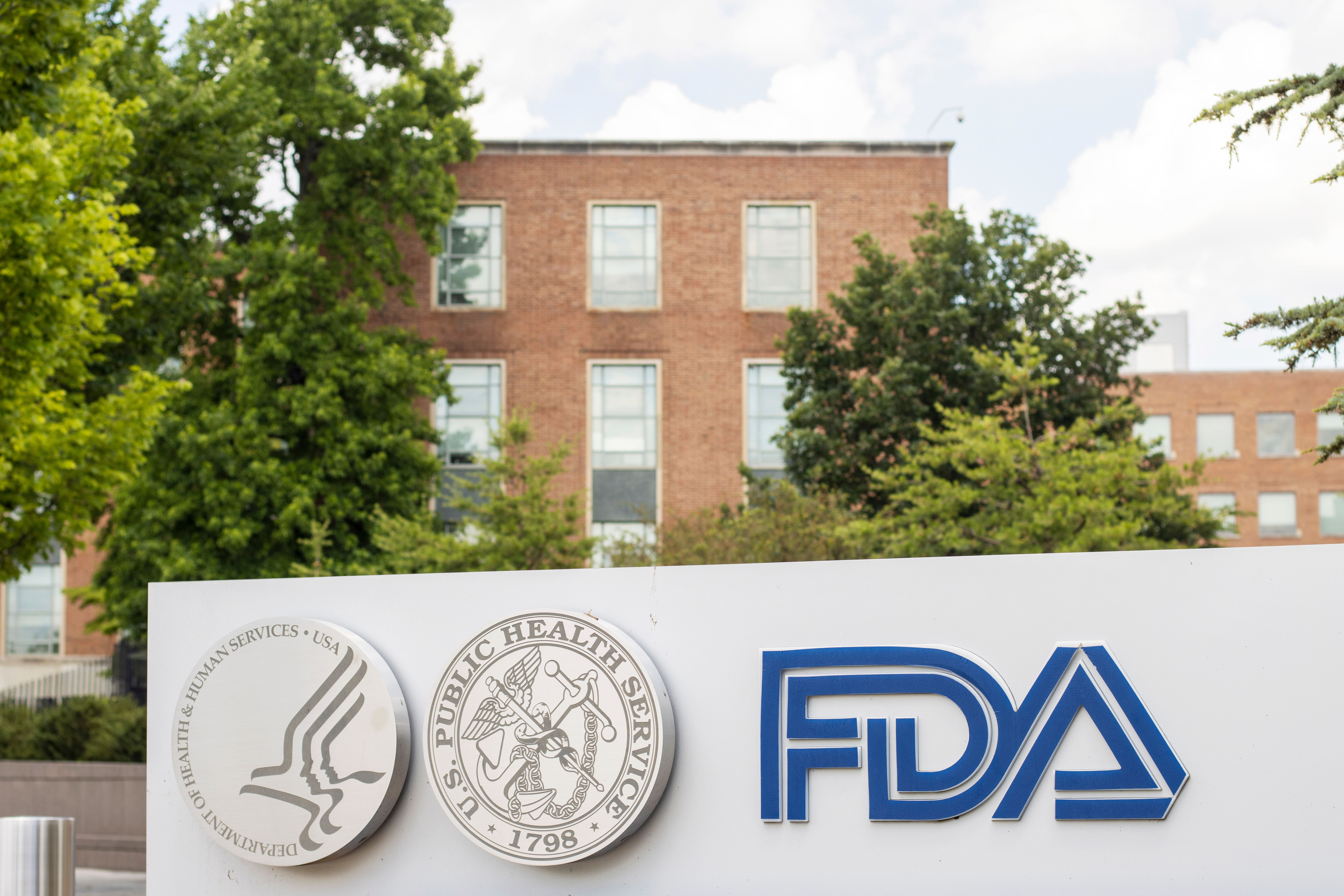- Acne
- Actinic Keratosis
- Aesthetics
- Alopecia
- Atopic Dermatitis
- Buy-and-Bill
- COVID-19
- Case-Based Roundtable
- Chronic Hand Eczema
- Chronic Spontaneous Urticaria
- Drug Watch
- Eczema
- General Dermatology
- Hidradenitis Suppurativa
- Melasma
- NP and PA
- Pediatric Dermatology
- Pigmentary Disorders
- Practice Management
- Precision Medicine and Biologics
- Prurigo Nodularis
- Psoriasis
- Psoriatic Arthritis
- Rare Disease
- Rosacea
- Skin Cancer
- Vitiligo
- Wound Care
Article
Studies show CA-MRSA infections on rise; new strains, prevelance concern doctors
National report — Skin infections caused by the current strain of community-associated methicillin-resistant Staphylococcus aureus (CA-MRSA) are on the rise. However, experts say the scope of the problem remains unclear.

"In general," says Rachel J. Gorwitz, M.D., M.P.H., "we've seen MRSA emerging in the community over the past several years. And we're certainly hearing from providers such as pediatricians, internists and emergency medicine physicians that they're seeing more and more of this disease."
Federal law does not require national surveillance for CA-MRSA, according to Dr. Gorwitz, a medical epidemiologist with the Centers for Disease Control (CDC) Division of Healthcare Quality Promotion. Nevertheless, recent research presents a glimpse into the nationwide picture.
In San Juan, Puerto Rico, a recently concluded study of 450 impetigo patients shows that CA-MRSA was isolated in 8.25 percent of patients in whom S. aureus, either alone or in conjunction with Streptococcus pyogenes, was present.
"We were surprised because we had looked at this population 12 years before we did this study, and we didn't have any MRSA," says Patricia M. Mertz, research professor emeritus, University of Miami, Fla., Department of Dermatology and Cutaneous Surgery and lead author of the unpublished study.
A retrospective chart review of 146 community-acquired S. aureus infections treated by a Los Angeles-based dermatology practice during 2001 and 2002 found that 26.7 percent (39 patients) proved methicillin-resistant (Iyer S, Jones DH. J Am Acad Dermatol. 2004 Jun;50(6):854-858).
Study author Derek H. Jones, M.D., says that in Los Angeles and West Hollywood, primary care physicians are growing more adept at diagnosing and treating CA-MRSA infections. Still, he says, "Dermatologists are seeing many more of these infections. What was once a problem confined to nursing homes and hospitals is now being seen in all sorts of communities across the United States."
Dr. Jones is clinical assistant professor of dermatology at the University of California, Los Angeles.
Presentation, treatment "Generally the presentation is an acute abscess that (forms) overnight, usually in an otherwise healthy individual," he says. "Many times, the abscess may come up in an area where there's been some sort of previous trauma such as a razor nick."
Most patients mistake the abscess for a spider bite. But examinations usually reveal atypically painful and virulent-looking abscesses.
"A tip-off to the diagnosis is that many times one will see a little bit of cutaneous necrosis with a dark purple color centrally, and as the little pinpoint of skin dies one will begin to see a gray hue," Dr. Jones says.
To treat such abscesses, experts recommend incision and drainage, especially for fluctuant abscesses, followed by lab cultures and appropriate antibiotics.
In Dr. Jones' analysis, "We found that the patients who did the best were generally treated with a combination of Bactrim DS (trimethoprim/sulfamethoxazole, Roche), one pill twice daily, and rifampin, 300 mg twice a day, for two weeks. Patients treated for less than two weeks tended to have more recurrences," as did those treated with trimethoprim/sulfamethoxazole alone.
Newsletter
Like what you’re reading? Subscribe to Dermatology Times for weekly updates on therapies, innovations, and real-world practice tips.











